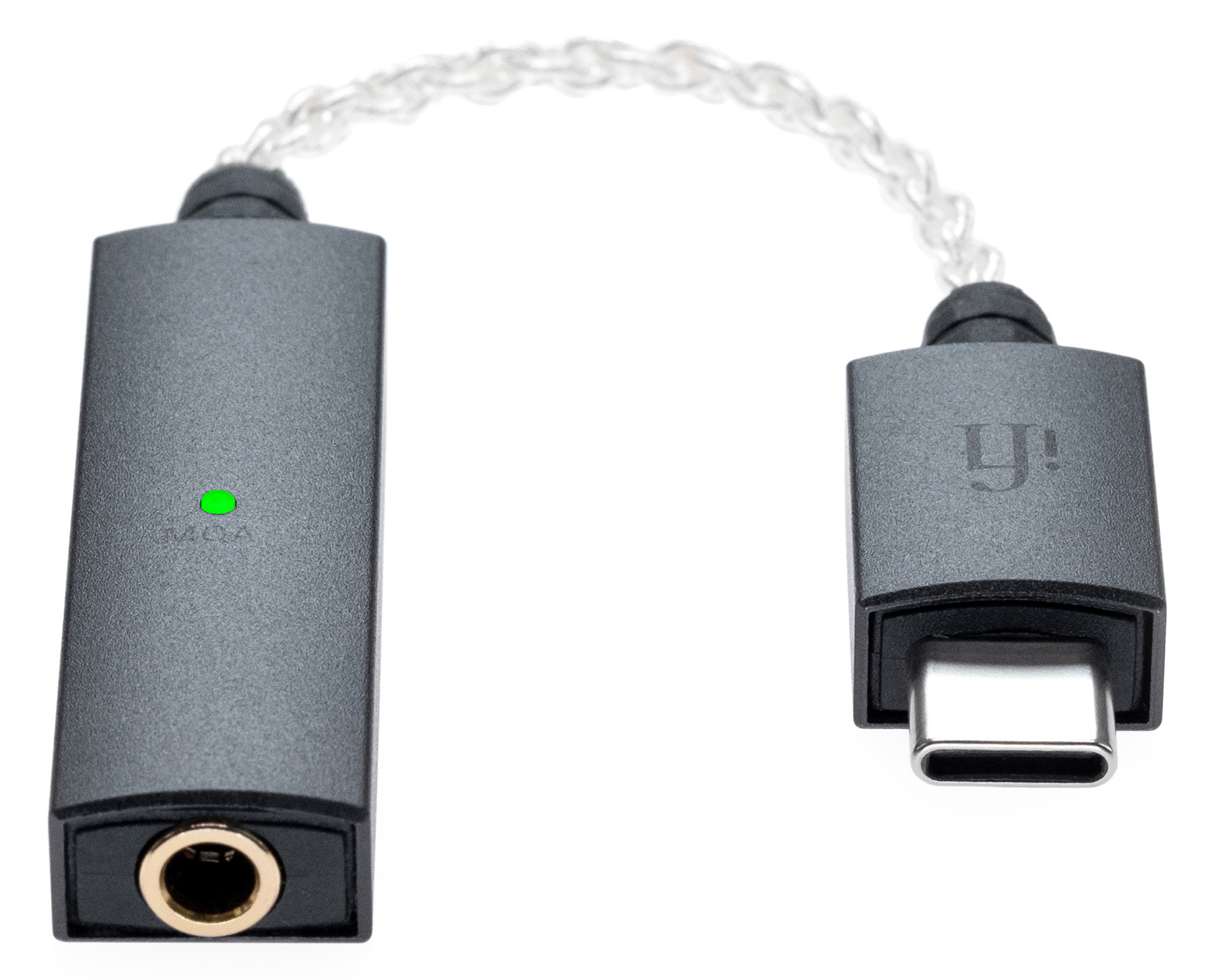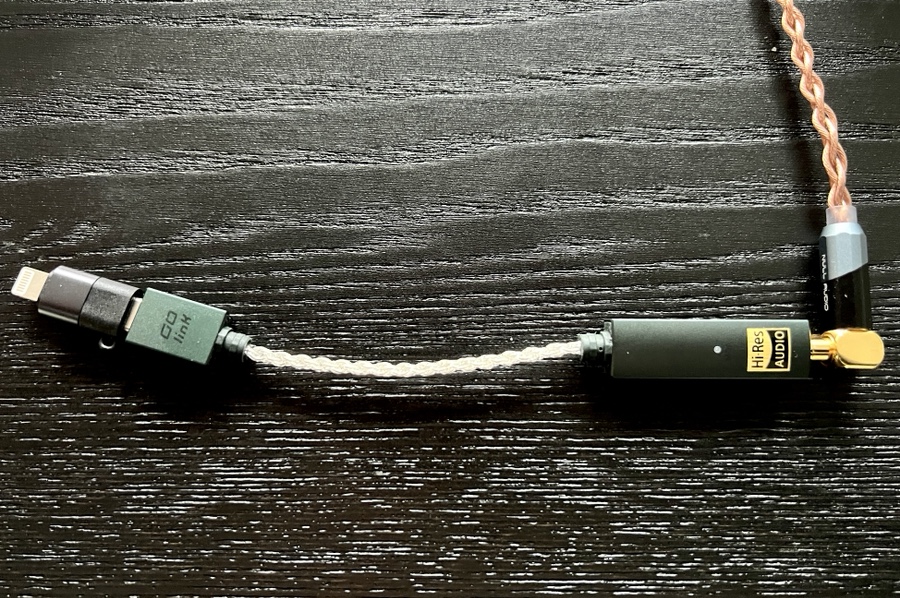02023-02-26 | Technology

That’s more than 90 million bucks combined.
In the same time frame Sony spent 2.65 million on lobbying. Presumably that number combines the hardware and content divisions of the company, which owns Colombia Records and Epic and other labels.
Lobbying makes powerful groups and companies even more powerful. It’s as simple as that.
02023-01-18 | Technology
Scientists have steered lightning bolts with lasers for the first time in the field, according to a demonstration performed during heavy storms at the top of a Swiss mountain.
The Guardian
02023-01-02 | Music, Sound, Technology
Early December, while I was in Lisbon, I noticed write-ups about a new digital-analog-converter from Astell & Kern, called the HC3 – link. It uses the ES9219MQ chip from ESS, is very small, and can be plugged into laptop with USB-C. The HC3 also comes with an adapter for the iPhone’s Lightning port. Price is around $200 and available sometime soon, in February I think. While looking into this DAC I came across this one, the Go-Link, made by an English company called ifi-Audio.

The chip in the Go-Link is the same one that powers the HC3. The Go-Link comes with a USB-C plug plus a Lightning adapter for the iPhone and an adapter for a USB-2 port, for computers that don’t have USB-C. I found the Go-Link at BH-Photo (link). The price is $59. The A&K looks cooler, perhaps, but is it nearly four times cooler? Plus, the Go-Link is available now. I pre-ordered in December and it arrived this morning.
I immediately plugged the Go-Link into my phone and used my Euclids to listen to a variety of lossless files (16/44.1 downloaded files on Apple Music, 24/96 files on Dropbox) and, while direct comparison is not possible, my impression was that the music felt more alive, more present, more dimensional. I really think this is the tool we were waiting for to be able to listen to high quality audio while on the move, without breaking the bank. Only a year ago, listening to this level of quality meant having a DAP (digital audio player), which costs at least $500 and can go up to $3,000 and more. And it’s one more thing to carry around. Now that Apple Music has caught up to Tidal and one can download hi-res files and play them back on the phone, or if one uses Dropbox in conjunction with a player-app like CloudBeats, the last barrier was how to get digital sound from the phone to your headphones. Bluetooth is practical, and I use it myself, but doesn’t sound very good. There were DACs, of course, but they weren’t tiny and they weren’t cheap. This Go-Link is the missing link, perhaps. I am psyched.

02022-12-24 | Music, Studio, Technology
I worked out a new setup for my beloved Stax headphones, which I have used on every album for more than twenty years. Since my Weiss DAC2 uses FireWire and my new laptop only has UCB-C I had to find a new way to get digital audio from the computer to the balanced analog inputs of the Stax headphone tube amp. I didn’t want to spend a lot of money and I wanted something versatile that I can tote with me, if necessary. I settled on a CEntrance DACport Pro, which, at $370, doesn’t break the bank. I found the DAC waiting for me when I returned from Lisbon late on Thursday. The next morning I connected it to the laptop and the Stax.

The DACport Pro is small, smaller than my phone and a little more than twice as thick, looks well built, and gets power through the USB-C connection with the computer. Compact. I opened the album Cachaito and gave it a listen. Nice. Listening to the second track of album, called Redención, I had the impression that the congas sounded liquid, like a river playing in time. So I looked up the conguero, who was Angá Díaz. Then I discovered his solo album Echu Mingua. Very nice. And so a few hours passed… Nice to be able to listen to the Stax again.
02019-07-01 | Music, Technology
And just like that the loudness wars are over. Honestly, I only found out about it this weekend. I was having lunch with Jon Gagan and he informed me about this, apparently not so new, development. Yesterday I did some research and reached the conclusion that I will have to mix several different versions of the new album, one for streaming, one for CD, and perhaps a third one for HD files.
How did the loudness wars end? It was the logical result of so many millions of people subscribing to streaming services, like Apple Music or Spotify. Whether one listens to a personal playlist or a curated stream of music, it’s not fun to have the volume go up and down with each track. In fact sudden changes in loudness are the #1 source of user complaints. The same is true for watching a bunch of videos on YouTube. It would be annoying if some of the videos were much louder than others, right?
As a result the streaming services came up with guidelines and are turning down loud songs. Here is an article about loudness normalization across different platforms. This has been going on for a while now. Here is an article about YouTube normalizing volume since December 2015.
If you want to see what this means in practical terms, go to the website Loudness Penalty and drag and drop any mp3 file on it. It will show by how much that file will be turned down by streaming services.
Here are a few links to posts I made about this subject in the past:
https://ottmarliebert.com//?p=3080
https://ottmarliebert.com//?p=2141
https://ottmarliebert.com//?p=5792
https://ottmarliebert.com//?p=3938
02009-06-29 | Music, Technology
BBC NEWS | UK | Magazine | Giving up my iPod for a Walkman
It took me three days to figure out that there was another side to the tape. That was not the only naive mistake that I made; I mistook the metal/normal switch on the Walkman for a genre-specific equaliser, but later I discovered that it was in fact used to switch between two different types of cassette.
Read more.






